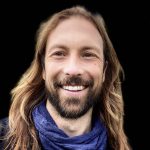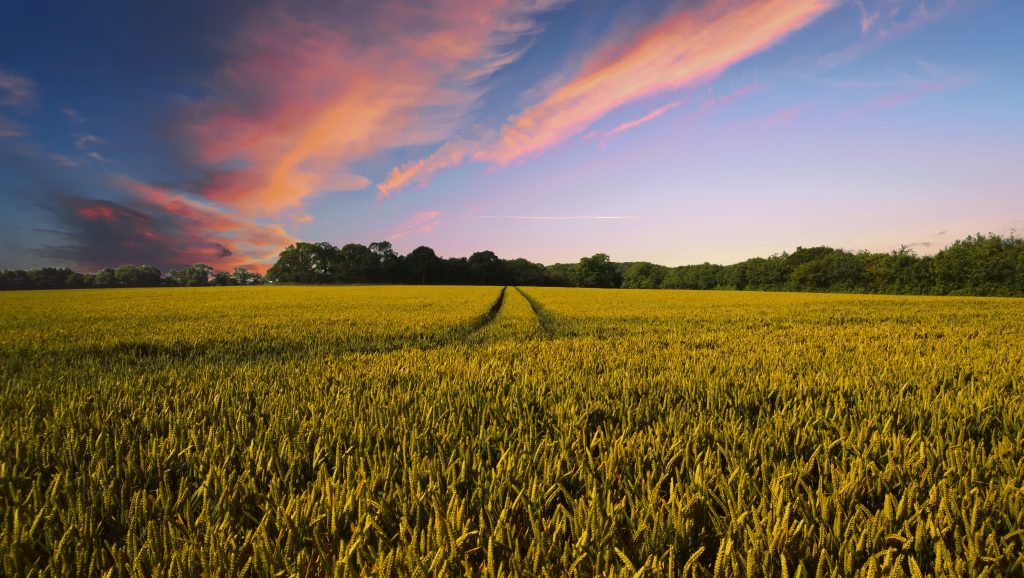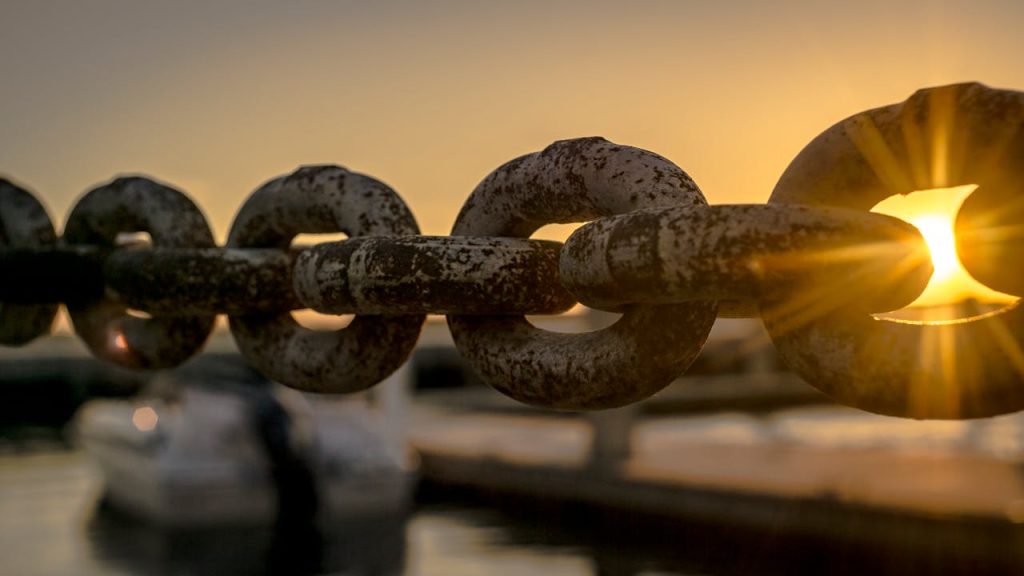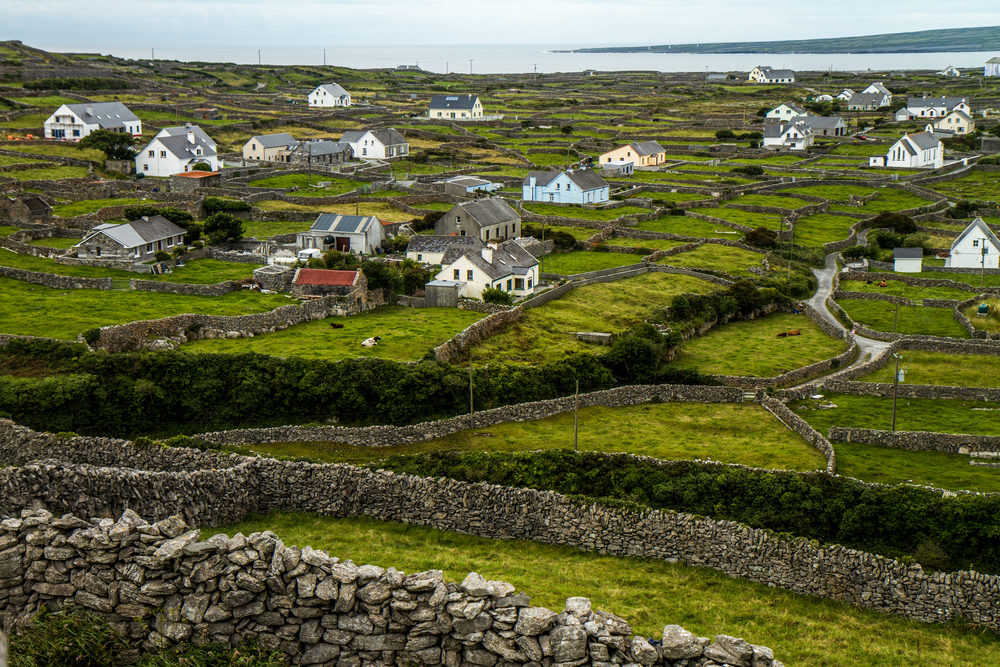Mindful Living at MorningSun
“There is hardly anything more appealing, yet apparently more elusive, for humans at the end of the 20th century than the prospect of living in harmony with nature and with each other.” – Robert and Die Gilman
“Happiness is not an individual matter.” – Thich Nhat Hanh
Nestled between lakes abundant with star lilies and within a rich forest of pine, beach, maple, poplar, oak, and birch trees, MorningSun Community was built on the land of an abandoned quarry mine. In recent decades, this land was a hangout spot for target practice and beer drinking. Scars of the past remain: dilapidated machinery, a hollowed-out silo of crumbling concrete walls, rusty metal cables weaving in and out of the earth’s surface like a Chinese dragon statue, swaths of previously cleared forest that steadily reclaim their home, and glass shards in various colors from thousands of broken bottles. Yet the mining left some unintended benefits. Huge sand deposits formed lakeside beaches and dune hilltops overlooking our Blueberry Pond, where kids and families play, adults gather for retreats and weekly days of mindfulness, and our community barbecues over campfires throughout the summer.
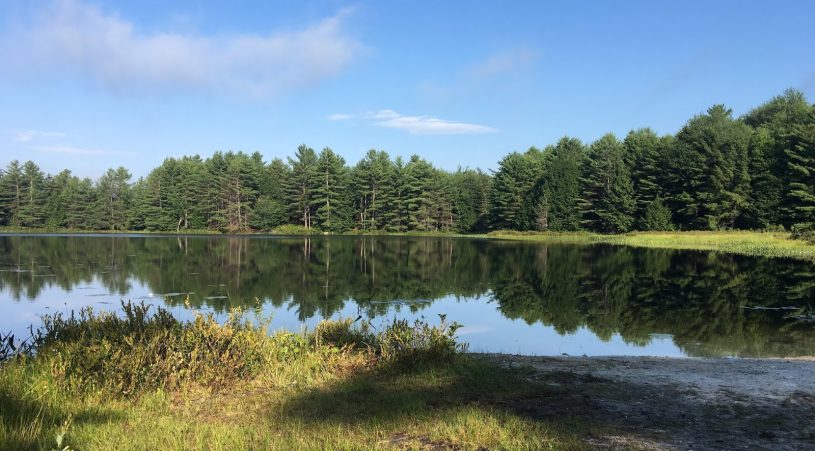
Over the last several years, the land has been steadily transitioning back to its essence – a quiet forest refuge where deer and moose roam, a thriving beaver habitat, and lakes encircled by wild blueberry bushes where a shy black bear can find dessert on a quiet summer afternoon. MorningSun has also become a refuge for humans to enjoy natural beauty as a nurturing background for mindfulness retreats. Every year, several hundred visitors from rural and urban areas come to unwind, feed their souls with infinite shades of green, blue, and brown, and discover new ways of connecting to themselves and the world around them.
MorningSun Community is altogether my home, wilderness refuge, support for mindfulness practice, source of inspiration and learning, and avenue of service. Together, our resident members guide programs and retreats year round with the aim of creating a more mindful and compassionate society, for ourselves and future generations. Building a residential retreat center that both protects and is nourished by pristine forest cannot be accomplished by one person or even a few individuals. Ecological sustainability needs a healthy and thriving community of people who can work harmoniously together so that the land and her guests may similarly flourish as one.
Building the Dream
Over the last two years, as MorningSun residents, we have dedicated ourselves to realizing our shared vision of building a retreat center where hundreds and eventually thousands of people can come each year to train in the art of mindful living and receive the blessings of the gorgeous forest and wetland habitats. Through a hodgepodge of fundraising, a wide spectrum of construction skills (heavily weighted to none), and an enthusiastic crowdfunding video, we scraped together enough funds to buy most of the materials needed. And then with limitless gratitude for our mindfulness practice, we subsidized construction labor with our own hands.
Aside from building sheet and pillow forts in my childhood living room or working on sketchy tree houses as a kid, I had never done construction. What made it possible for an academic type, social worker, and meditator (that’s me) to get out on the construction site every day? We’ve heard the old adage, “Where there’s a will, there’s a way.” But when there’s a collective will, the way is much stronger! Each day, a community force energized me through the challenges of construction like a river carrying me through a canyon. I found myself climbing up ladders (big ones!) with a nail gun in one hand and plywood in the other, hauling 40-pound bundles of tile to the roof, cutting out sheetrock, screwing in ceilings, nailing in bamboo flooring – basically becoming a full-on construction worker. We tiled the roof from dawn to dusk under the blazing summer rays and nailed in wooden siding around the building amidst the snow and frosty winds of late winter and early spring. No matter the season, the work was dirty, sweaty, and exhausting. But just as importantly, it was invigorating, challenging, and fun to be out there working together as a Sangha every day. We were building the temple of our beloved community with our own hands and it bore our signatures.
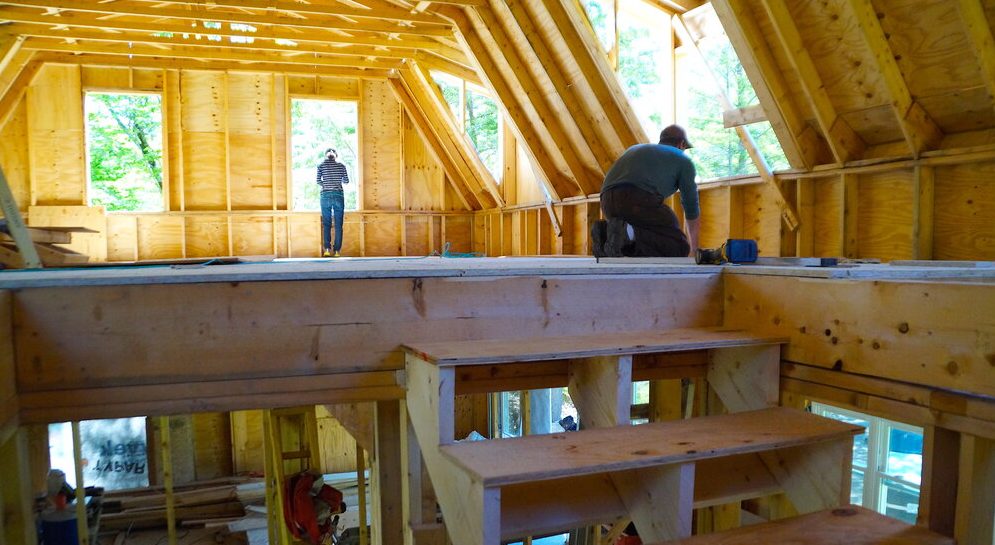
At times, our physical and emotional energy felt sapped by the intensity of doing construction in between offering multiple five-day summer retreats. The more challenging it was, the more we leaned into our community practice. We encouraged each other to attend morning meditation sessions before construction, often took moments to pause, breathe, smile, or laugh between tasks, and rested while eating lunch in mindful silence together every day. We encouraged anyone who was feeling overly tired to care for their body and mind by lying down for a nap outside or taking five for a tea and dark chocolate break.
When our spirits were low, even when things seemed beyond busy during construction or right before a retreat, we still made time to gather in a circle and express appreciations for one another’s brightest gifts of time, presence, and generosity. This simple act of sharing heartfelt appreciations repowered our spirits almost beyond belief. On our days off, we practiced being as lazy as possible. We would meet up at a hidden river spot to lounge on sun-heated rocks, swim with our kids in the small rapids, picnic from noon to sunset, and completely forget about lifting anything. Together, these communal practices offered an almost limitless amount of energy to recharge our internal batteries and rekindle our outer joy.
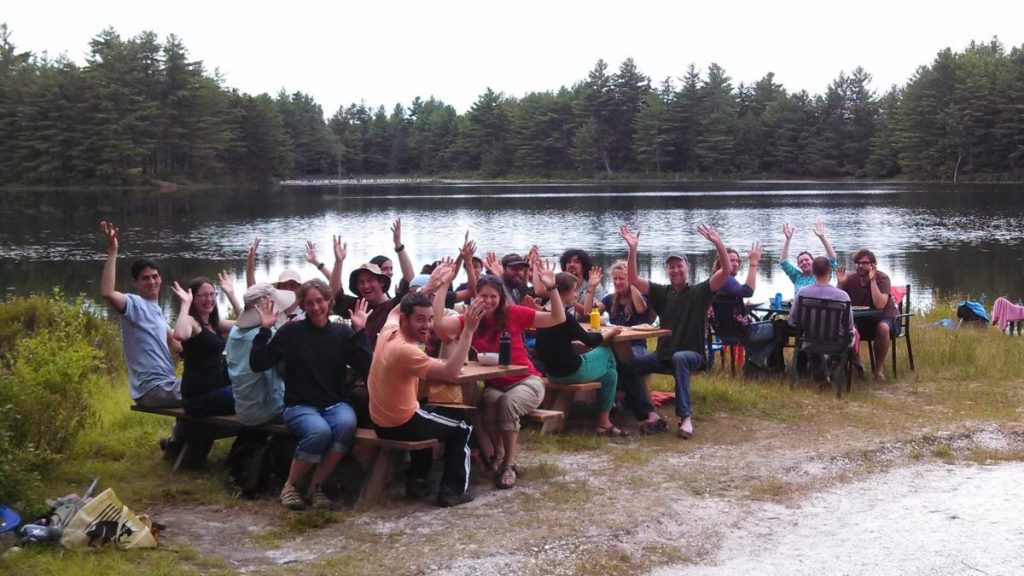
Building our retreat center taught me a lot about construction, but most of all I learned about building community. There’s an African proverb that says, “If you want to go fast, go alone. If you want to go far, go together.” I would like to add to that clever wisdom: “If you want to go joyfully, go in friendship.” There are some things, and some distances, that we can’t or wouldn’t want to cover alone. We need the power and momentum of trustworthy friends and loving community to accomplish our bigger dreams. If we wish to truly enjoy the steps along the way, we must learn how to build our friendships and community as wisely as possible.
The need for oases of mindful living and compassionate human connection is as great as at any time in history. Our society has reached a critical juncture, as people are more disconnected from each other than ever before. Research over the last few decades, both in the US and abroad, shows us that the fabric of community life is unraveling as our social resources deteriorate. Even before the global COVID-19 pandemic, more than one in five Americans reported feeling lonely, more people than ever said they had not even a single confidant, and the average person’s social network had shrunk in size by over one third. Meanwhile, hundreds of studies reveal that when people experience significant loneliness, live alone, or are more socially isolated than they wish to be, it follows that they are less happy, they are likely to die much earlier, their health deteriorates faster in various ways, and their brain functioning heads downhill more quickly. Loneliness, it turns out, is killing people.
We can reverse these trends where it counts the most – in our own lives and neighborhoods. Those who have stronger and more intimate relationships with family, friends, and community are happier and healthier, and they live longer. The happiest and most resilient people are not without conflict, but they lean into their closest relationships, especially when facing tough life challenges. Once we wake up to the fact that community has a pivotal influence on the health of our bodies, minds, and world, we can begin to build more trustworthy, supportive connections and meaningful lives.
Researching Communities from the Inside Out
This dilemma in the world and my personal quest to find a community home restlessly turned within my heart and mind for years. In my early twenties, I had fallen in love with the practice, and dreamed of living in a community where mindfulness, harmony, and service were at the core of our lives. I explored monastic life in a Buddhist monastery for several years, lived in an urban Zen center in Southern California for a year, and then worked for 18 months at a retreat center and small meditation community in rural Washington. I learned tremendously from each of these communities, yet I still hadn’t found the right fit for my life. Finally in 2014, I resolved to one day visit and research lay mindfulness communities that were thriving around the world. I would thoroughly study their communal ways of successfully practicing together and then share their inspiration and knowledge with others. I knew that mindful communities offered a rare medicine to help heal our society’s estranged hearts, and I was ready for the adventure.
I felt inspired to study communities that practiced mindfulness as taught in the Plum Village tradition. This had been my path for about 15 years and I was passionately driven to learn how to build community according to this tradition. Visiting communities that shared a common culture of practice together would also streamline my research, learning, and insights. I was primarily interested in exploring lay practice communities, which are inspired by Buddhist monastic communities but not based in them. These lay communities are founded and led by practitioners who often have loving partnerships, families with children, and diverse jobs in the world alongside a sincere dedication to deepening mindfulness practice and sharing it with others.
In the spring of 2017, my partner Vanessa and I finally set out on our global quest. We journeyed from east to west, staying for weeks or months at various residential communities and young adult mindfulness houses, as well as briefly visiting dozens of local weekly mindfulness groups across 13 countries. We focused primarily on residential communities, but also visited and learned from many non-residential Sanghas. We asked questions about what made each community sink or swim in the deep pond of relational dynamics. Our understanding of creating community grew rapidly with every encounter.
In North America, we visited two residential retreat centers, one urban mindfulness house known as a “Wake Up house” for young adults, and dozens of local Sanghas in various cities across the US, Canada, and Mexico. Then we traveled to ten communities in Europe, including three residential retreat centers and seven mindful living houses, along with various non-residential weekly Sanghas. We spent one month at a residential community and retreat center in New Zealand, and hopped over to Australia to visit a few local Sanghas before heading back to the States. We finished our year-long expedition by visiting residential centers in Washington state and Northern California in the spring of 2018.
In the two years after our world tour ended, I visited new Wake Up houses that had sprung up in Europe, and returned to several communities for a second time, witnessing how they overcame obstacles, evolved and strengthened, faced new challenges, or disbanded completely.
In most residential centers, we stayed for about one month to really taste the life of their community as well as steadily build trust before discussing personal and often vulnerable topics with the community members. With every community, we practiced meditation, ate, slept, followed their schedule, hung out, and played music and games with the residents to understand how mindfulness was woven into the fabric of their everyday lives. We were hungry to learn how they first envisioned their centers, how they experienced hardships along the way, how conflicts brewed internally, whether they found ways to reconcile hurts, and how they managed money, shared meals, hosted retreats, shared good times, and so much more.

How To Plan a Successful Service Project
Engaging in any service project together can strengthen people’s bonds and bring value to their community. Think of a service project that you find meaningful and would enjoy doing alongside others. This could be cleaning up litter on a beach or riverbank, offering food and conversation with people experiencing homelessness, writing letters to prisoners, community gardening, etc. Then ask your Sangha or community of friends if they would like to volunteer together. If there is not enough interest in your idea, ask people what activity they would feel more inspired to engage in together.
Once you select an activity, set up a time and place for everyone to meet. If possible, spend half an hour or an hour grounding yourselves in mindfulness practice. Practicing sitting meditation and mindful walking, reading something inspirational, listening to each other’s intentions for service, and singing together are all wonderful ways to harmonize and enliven the group’s spirits before working.
While working together, pay attention to the collective harmony and presence that you bring to the work. This can be just as important, if not more so, than the content of the work. If possible, once or twice during the work session, invite people to stop what they’re doing and follow their breathing for two minutes to relax and come back home to themselves. Then people may resume their efforts in a more relaxed and attentive way.
After the service is over, come back together as a group and invite people to share what the experience was like for them. Ask questions such as: What moments brought you the most joy? What experiences were troubling and difficult to stay with? How did you manage those situations? How did you experience service as a community versus volunteering alone? Learn from everyone’s reflections and gauge whether there is interest for regularly engaging in service together.
We interviewed over a hundred people and found ourselves enthralled by their founding stories, hard-won lessons, ongoing challenges, as well as their genuine happiness in dedicating their lives to Sangha building and supporting each other’s practice. In surveying the many communities, our goal was not to compare. Rather, our underlying aspiration was: What can we learn from one another and how can we support our growth as fellow communities? We hoped to better understand each community’s strongest gifts, genuine difficulties, and overall trajectory in light of its similarities and differences with others, without getting caught in better-than or less-than evaluations. Our interviews often evoked vulnerable accounts of the interpersonal challenges, organizational frustrations, and spiritual crises that inevitably arise in community dynamics. Our conversations also brought to life the most meaningful moments and heartfelt successes of people’s lives. Notwithstanding inevitable rough patches in relationships, we heard across the communities how much people loved living, practicing, and growing together as a family of practitioners, because the collective compassion, unbounded joy, accelerated learning, and purposeful impact on society and the earth are so much greater than what any person can experience alone.
During our voyage we were able to put many of the lessons we were learning from others into practice, particularly how to nurture communal harmony, strengthen joyful relationships, and boldly put a communal vision into action. We spent four months building a service-based residential mindfulness community in Greece during the ongoing refugee crisis. Over a dozen young adult practitioners from around Europe came to live and practice with us as we dedicated ourselves to befriending and supporting Middle Eastern refugees. Even though we were in touch with much suffering, our community provided a stable foundation of compassion and joy for us to sustainably offer our support as well as receive priceless gifts of friendship and resiliency from our migrant friends and each other. Because of the profound friendships we built, it became one of the happiest experiences of my life, and I learned more about community building and service in those four months than ever before.
Throughout our tour, people’s stories and answers to our questions ranged widely between communities. Still, we learned through ongoing discernment that there are conditions and practices which support communal harmony and growth. Conversely, there are ways that clearly do not. Not all strategies of community building are created equal.
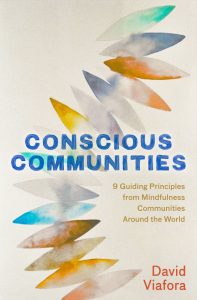 My effort in writing a book is to identify and illuminate the core practices of community building that beautifully foster individual and collective well-being, as well as respectfully challenge those that do not.
My effort in writing a book is to identify and illuminate the core practices of community building that beautifully foster individual and collective well-being, as well as respectfully challenge those that do not.
I don’t believe that mindfulness communities are the only answer to humanity’s problems. But it’s clear from my life experiences and travels that they offer a profound opportunity and viable path forward. For the sake of humanity, other species, and our planet, we need all the best answers we can get. Karen Liftin sees ecovillages as “seeds of hope sparsely spread across the global landscape.” I see mindfulness communities as seeds of healing and transformation spread across the landscape of humanity.


